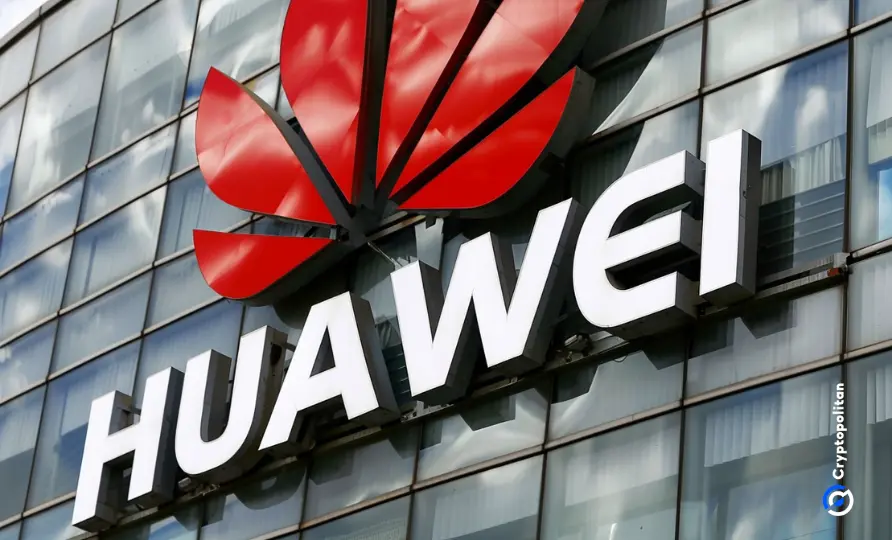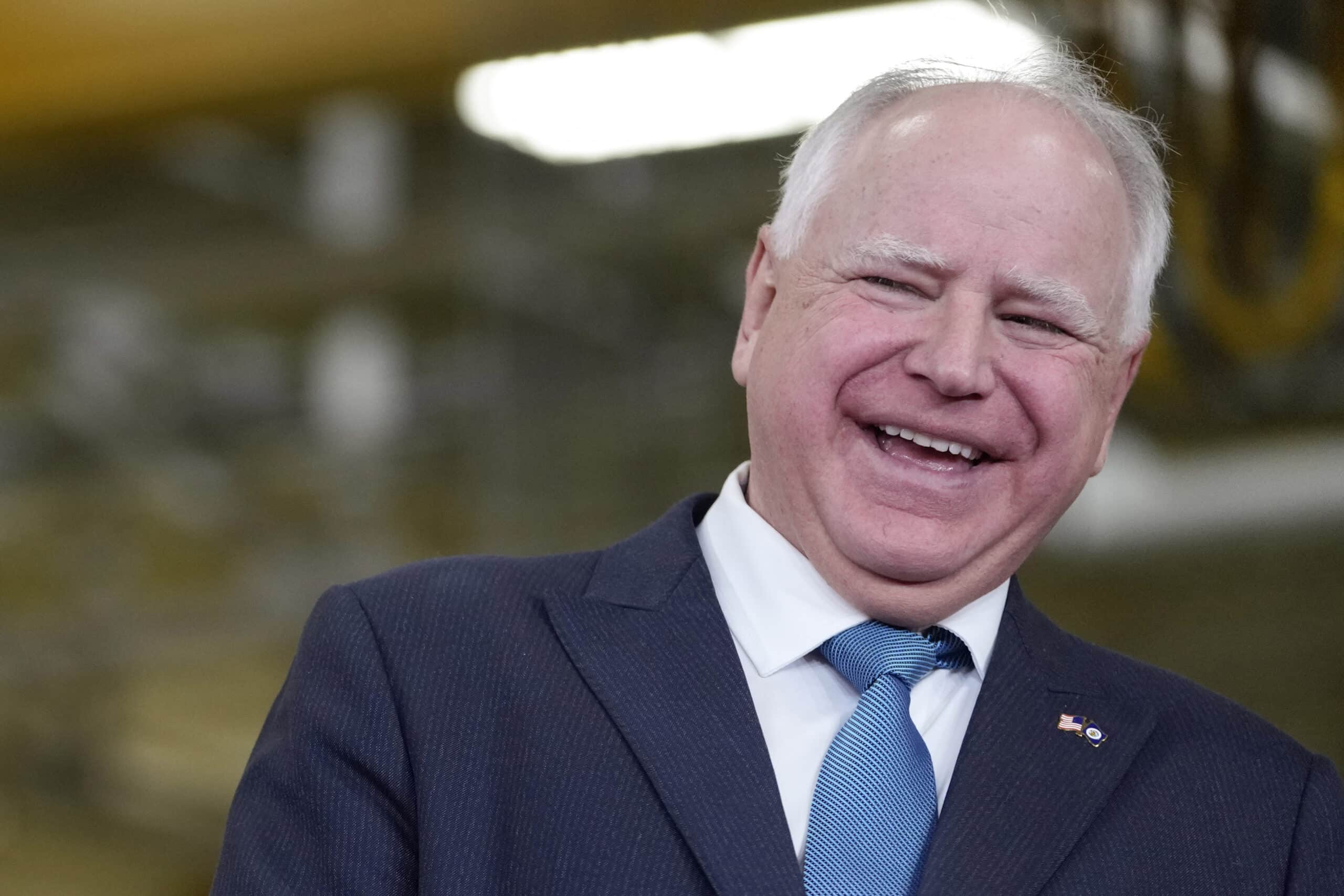Bitcoin’s market dynamics and price movements continue to captivate crypto investors and enthusiasts alike. Open interest in Bitcoin futures markets has emerged as a significant indicator among the many factors influencing its price. This week, open interest is echoing a notable price level of $69,000 for Bitcoin, hinting at potential volatility ahead.
Bitcoin could hit $69K in no time
Since the approval of Bitcoin ETFs, the crypto market has witnessed a surge toward Nov 2021’s crypto high. At the time of writing, Bitcoin (BTC) is worth $52,349.37, up 0.1% from an hour ago and 1.5% from yesterday. BTC’s value today is 9.0% higher than it was seven days ago.
The global crypto market cap is $2.09 trillion today, up 1.86% in the last 24 hours and 78.68% a year ago. As of today, Bitcoin’s market cap is $1.03 trillion, signifying a 49.31% dominance. Meanwhile, stablecoins’ market cap is $140 billion, accounting for 6.71% of the total crypto market cap.
Bitcoin has effectively managed the turmoil caused by the year’s most significant events thus far, and with the block subsidy halving approaching in less than two months, anticipations are high for a traditional rally.
Crypto analysts are troubled by forecasts for the performance of bitcoin in February; they are monitoring a number of support levels in case the market abruptly reverses course. Nevertheless, minimal volatility ensued, resulting in a $52,000 hold heading into the Asia trading session.
Van de Poppe put forth a hypothesis that is presently prevalent regarding the short-term performance of the Bitcoin price: an additional upward leg followed by a reassessment of recent gains.
Bitcoin Halving continues to spark enthusiasm
With fewer than two months until the halving, the discussion over its impact on prices is becoming increasingly heated. For some, recent price performance, particularly the development of institutional access via U.S. spot ETFs, calls into question traditional Bitcoin market cycles.
They propose that the four-year loop revolving around halving events is facing a problem when price shifts occur at atypical times.
Before April’s halving, however, there is still plenty of room for gains, as predicted by fellow trader and analyst Rekt Capital, who notes that prior cycles saw a “pre-halving rally” begin two months in advance.
Global financial woes favor crypto
This week’s atmosphere among macro analysts is cautious, following recent US inflation figures that caused the Federal Reserve significant concern. The Consumer Price Index (CPI) and Producer Price Index (PPI) both showed that prices rose faster than predicted in January.
Markets, which had earlier believed that the Fed would reverse course on interest rate policy and lower quantitative tightening (QT) as early as March, immediately reevaluated the odds.
This, in turn, dampens the tone for risk assets, which value increased liquidity as a driver of investor interest. Nonetheless, with the S&P 500 reaching new highs this month, a disconnect between market performance and macroeconomic reality persists.
According to Philip Swift, the inventor of Bitcoin data portal Look Into Bitcoin, worldwide liquidity conditions are better than ever, which might serve as a crypto catalyst in and of itself.
“We are getting closer to Global Liquidity making a new all-time high,” he stated on X earlier in February, alongside a chart showing the M2 money supply.
TradFi markets this week
The FOMC Meeting Minutes will be released on Wednesday, and investors should pay close attention. Recent economic statistics have provided contradictory signals to markets and the Federal Reserve. The Meeting Minutes may reaffirm areas of attention, allowing markets to adjust bets on an H1 Fed rate cut.
On Thursday, investors will be watching for jobless claims and private sector PMI readings. The Services PMI will likely have a greater influence, as it accounts for more than 70% of the US economy.
Investors will be watching for flash Eurozone consumer confidence statistics on Wednesday. An unanticipated drop in confidence could affect buyer demand for the EUR/USD.
However, preliminary private sector PMIs for France, Germany, and the Eurozone are likely to have a greater impact on the EUR/USD on Thursday.
On Thursday, the UK’s preliminary private sector PMIs for February will put the Pound in the spotlight. The UK Services PMI will have a greater impact on the pound, as services account for more than 70% of the UK economy.
Following a technical recession in Q4, a pick-up in demand could have an impact on the Japanese yen. Despite a technical recession, betting on the Bank of Japan’s April pivot from negative rates remains. A deteriorating macroeconomic climate may push the Bank of Japan to modify the schedule to eliminate negative interest rates.
The PBoC will be in the limelight. On Tuesday, the PBoC will determine loan prime rates for one and five years. Rate decreases are likely to boost demand for riskier assets.
With Chinese markets returning following the Chinese New Year holidays, Beijing’s stimulus rhetoric must also be considered.





